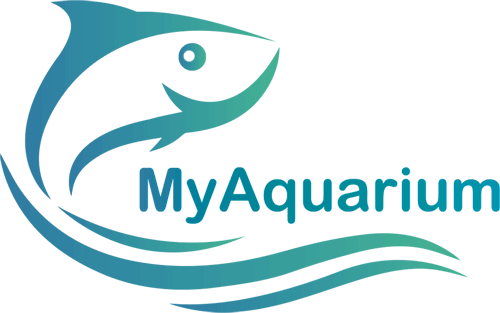The Green Neon Tetra (Paracheirodon simulans) is a close relative of the Neon Tetra and the Cardinal Tetra. Unlike it’s relatives, this species exclusively inhabits rivers of black and warm water, with slow flow and dense riparian vegetation.
In addition, these places have a sandy substrate covered with branches, trunks and submerged roots. Although this fish has similar ranges and water parameters to P. axelrodi, the two are not found together as the Green Neon Tetra prefers warmer waters.
Reaching a maximum size of 0,8 inches in length, the Green Neon Tetra is considered the smallest member of the characid family. Females tend to be chubby than males, but their small size tends to make it difficult to distinguish between the sexes.
In colors terms, the Green Neon Tetra looks like the P. innesi, although it’s smaller and the red spot on the side of its body is less prominent. In addition, the blue-green lateral strip extends to the base of the caudal fin.
Technical Details
Name: Green Neon Tetra, False Neon Tetra;
Scientific Name: Paracheirodon simulans (Géry, 1963);
Family: Characidae;
Species Origin: Negro and Orinoco rivers basin;
Length: Up to 0,8 inches;
Life Span: 5 years;
Care Level: Moderate;
Water Parameters
pH: Maintain the pH of the water between 5.5 – 6.0;
Water Hardness: Between 3 – 10;
Temperature: Must be kept between 22 – 29°C;
Care
Food
Omnivorous. In nature, the Green Neon Tetra feeds on small invertebrates, crustaceans, filamentous algae, as well as fruits that have fallen into the water.
In fish tanks, he will accept dry foods without major problems. However, it’s best to provide a food variety of including live and frozen foods such as daphnia, bloodworms and brine shrimp.
Temperament / Behavior
The Green Neon Tetra is a fairly peaceful fish, although it’s not ideal for community tanks due to its small size and water requirements.
As they are schooling fish, you should keep at least eight specimens in the tank. Above all, keeping them in groups will make them feel less shy and show a behavior closer to that seen in the wild.
In general, these fish tend to occupy the middle and upper regions of the tank, although they can be seen swimming and feeding in the lower levels.
Tank Mates
Because it’s a very delicate and small fish, the Green Neon Tetra isn’t the best choice for community tanks. However, you can keep them with small, peaceful fish.
You can keep them with other small, non-aggressive characids, as well as corydoras and other smaller loricariids.
Be aware of water requirements as the Green Neon Tetra requires much warmer water than most tropical fish.
See Also:
Breeding / Mating
Females are usually larger and rounder than males of this species.
The Green Neon Tetra reproduction is considered quite difficult. However, the best results are obtained when they are in large groups.
Each female can lay up to 130 eggs. The water must be very soft and acidic, and the tank must have thin-leaved plants, such as java moss, so that eggs can fall between them.
Adult fish should be removed from the tank once spawning is over to prevent egg predation.
Keep the fish tank in the dark, as eggs are sensitive to light. Hatching occurs in about 24 hours and you can feed the fry with infusoria.
Fish Tank Size
The fish tank needs to have at least 10 gallons for a group of eight fish.
Maintenance generally presents few problems, although some care is needed as fish sold in pet stores are most often collected from the wild and can be sensitive.
The ideal is to set up a well-planted tank, comprising a sandy substrate, in addition to some roots and trunks.
The addition of dried leaf litter would create an environment closer to that found in nature. In addition, this material type brings with it the growth of colonies of microbes as they decompose in the water, meaning it can provide a valuable secondary food source for fry.
There is no need to use natural peat as collection is unsustainable and environmentally destructive.
The Green Neon Tetra seems to like dark environments and therefore you should avoid strong lighting in the tank. Add some plants such as Microsorum, Taxyphyllum or Cryptocoryne to compose the environment of these fish.
Don’t forget to add some floating plants to lessen the amount of light entering the tank.
References
Robins, C.R., R.M. Bailey, C.E. Bond, J.R. Brooker, E.A. Lachner, R.N. Lea and W.B. Scott, 1991. World fishes important to North Americans. Exclusive of species from the continental waters of the United States and Canada. Am. Fish. Soc. Spec. Publ. (21):243 p. (Ref. 4537)




